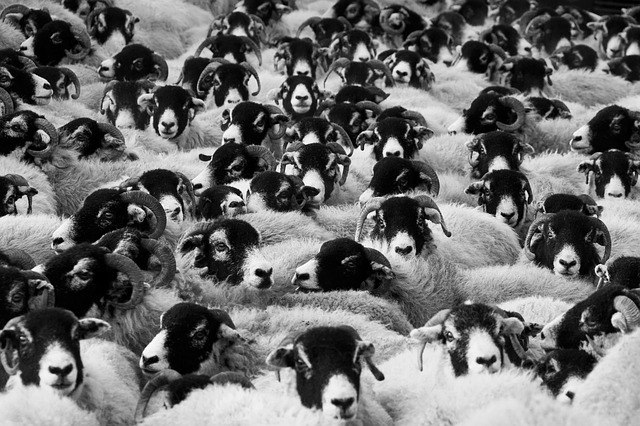About “giant championships”, advantages for the sport, “popularization” and the right number of lifters
Today, powerlifting organizations are fighting for athletes: they all want the largest crowd in their meets. We hear about national meets with hundreds of lifters and Worlds with over 500 lifters. Why is this important? For two reasons: power and money. They often come together, but in this case, for argument’s sake, we’ll treat them separately.
The context for this issue is the infamous federations war. Powerlifting, as a non-Olympic sport, is organized by many different federations. The rules are slightly different from one to the other, but the trend is convergence. Soon all the big ones will have the options of raw, classic, single ply and multi-ply; chest stops are indistinguishable among the more kosher ones and so is squat depth, in the main event (and only then).
A 500 lifter event, in order to accommodate all the needs and have the rounds take place with proper procedure, requires 5 days with two simultaneous platforms. The math goes like this: you may safely receive 30 lifters per day, per platform for full power and about 90 for single lift events. We can consider 50/day/platform as the average in a World Championship.
With an average registration expenditure per athlete of US$100.00, the gross collection will be 50 grand. Ballroom rental, awards, operational costs can bring this down to 20 or 30 grand. That is still money. Money needed to keep the organization, buy new equipment, pay personnel, taxes, etc.
An organization that can boast of having hosted a 700 lifter Worlds with over 25 represented countries is actually talking about power. This is neither good or bad: this is what it is.
But what about national competitions? With over 200 lifters? Either it is done with two platforms and several days, or there is something not being explained there. Moreover, most national organizations lack the enormous number of officials needed to run a meet like that – for starters, you need 6 certified referees on the platform at all times.
I’ve seen it happen here, in Brazil, away from the trained technical eyes of American and European powerlifting authorities. Over 200 lifters in one weekend, one single platform. The awards are usually provided by the local public administration of a small town, where the market of political favors is also small and petty. Rules and refereeing are as flexible as rubber. Gift-lifts are freely distributed. The lifters, mostly uneducated and unaware of any international standards, are happy: they all bring home a trophy. It is a profitable business.
I don’t like to organize meets. In fact, I’d say I hate it. However, in a country such as mine where the alternatives are, in one hand, this type of backyard powerlifting, and on the other, corrupt bureaucracy, either I organized the meets myself or I wouldn’t have a clean place to lift and from where to participate in international competitions.
That choice having been made, all the others came as a consequence: I can’t accept more than 60 registrations for any weekend meet (full power). I never had the problem of having to turn down lifters: with our reputation of being strict on rules and opposed to power games, we never attracted the old athletes, who also frequently feel we are “elitists”. Our public communication is sober and grammatically correct, we avoid superlatives, we allow no space for the euphemistic negotiation of interests.
If I had more than 60 interested lifters, I would have to turn them down: I neither have equipment or staff to run a two platform meet.
The option was to break the Nationals in two: there are the open Nationals and the Elite Nationals (for those qualified above a certain level). All Elite and small meets are low cost for us. We reduced the higher cost meets to two a year. We also free the organizers (mostly elite) to actually organize on the bigger meets, since they don’t have to worry about their performance.
So they ask us: “don’t you want to grow?” No, not at the expense of quality, rules and procedure.
“Don’t you want powerlifting to become popular?” No, not at all.
“Don’t you want powerlifting to be practiced by more people and be a resource for leisure, heath and spiritual growth for everyone? ” Definitely. But stuffing lifters into meets that are unprepared for those crowds is not the way to achieve that. The way to do it is to teach powerlifting to coaches, physical educators, introduce it at universities, create social programs based on powerlifting and write about it.
And that, my friends, is what I do.

